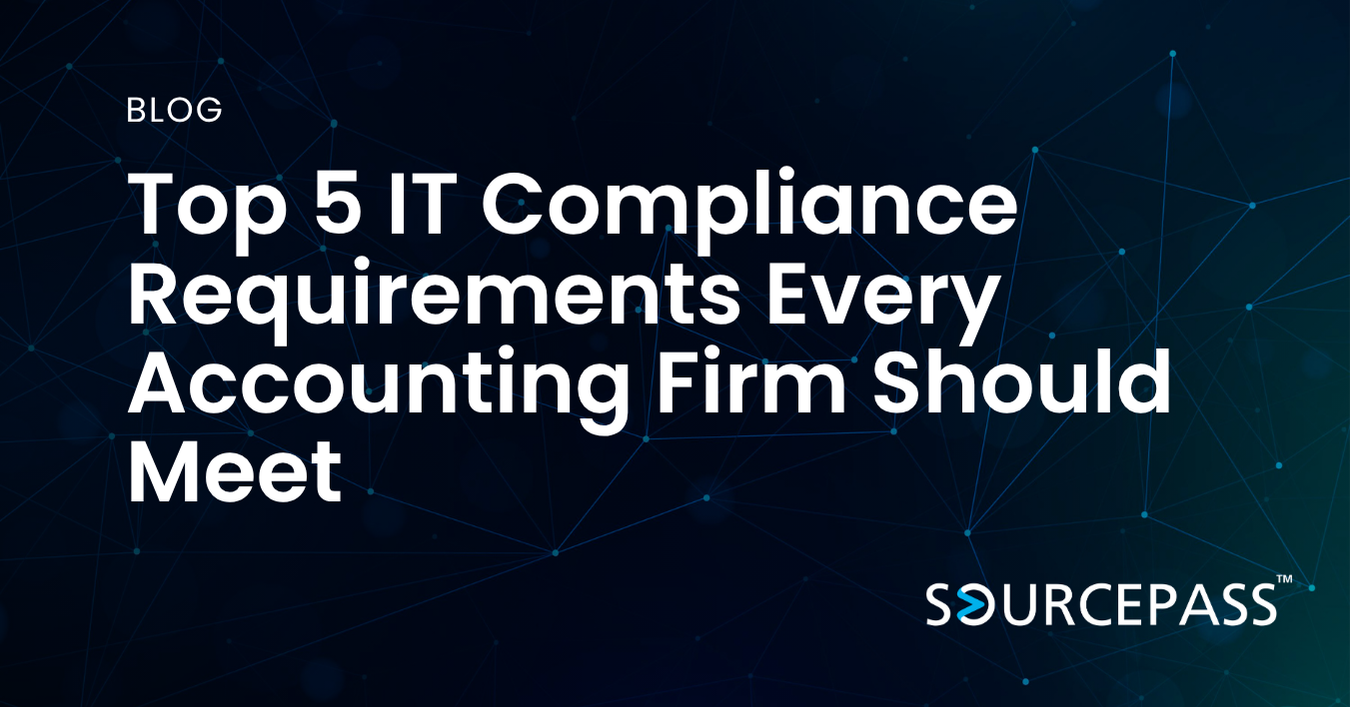Top Cybersecurity Innovations for 2026: Key Trends and Strategies
Nov 17, 2025 Alex Davis Strategy & Modernization | Cybersecurity 2 min read



Cybersecurity in 2026 will be25 defined by rapid shifts in attacker capabilities, new regulatory pressures, and emerging technologies that reshape how organizations protect their data. For mid-sized and growing businesses, keeping pace with innovation is no longer optional; it is essential to maintaining trust, reducing risk, and enabling long-term operational stability.
This overview examines the most important cybersecurity innovations shaping 2026 and outlines strategies leaders can use to prepare for what comes next.
Key Cybersecurity Trends for 2026
Cutting Edge Technologies Reshaping Security
Breakthroughs in advanced computing and analytics are transforming the foundations of cybersecurity. These innovations include:
-
AI-driven threat detection that identifies anomalies and malicious behavior in real time.
-
Predictive analytics that help security teams anticipate and respond to threats earlier in the attack chain.
-
Quantum computing advancements that challenge traditional cryptography and accelerate the need for quantum-safe encryption.
-
Quantum-resistant algorithms designed to protect sensitive data against future quantum decryption capabilities.
These emerging technologies are raising the bar for what effective cyber defense looks like and increasing the urgency for organizations to modernize their security architectures.
Human Centered and Strategic Security
Technology alone cannot secure an organization. In 2026, businesses will be placing greater emphasis on:
-
The expanding strategic influence of the CISO
-
Security embedded into organizational culture
-
Collaboration across IT, HR, legal, and operations
-
Continuous workforce education around phishing, social engineering, and policy compliance
Strong cyber resilience depends on people at every level understanding their role in sustaining a secure environment.
Adaptive and Intelligence-Driven Defense
Static security controls are no longer enough. Organizations are adopting adaptive systems that evolve along with the threat landscape. These approaches include:
-
Learning based security platforms that adjust controls based on behavior and threat patterns
-
Real-time threat intelligence that speeds up detection and response
-
Security platform consolidation to reduce complexity and improve visibility
Adaptive defense is becoming a primary strategy for organizations that want to stay agile against unpredictable, fast-moving attacks.
Increased Focus on Supply Chain and Third Parties
Supply chain risks continue to rise as businesses depend on an expanding number of software, integration, and service partners. Key areas of focus in 2026 will include:
-
Stronger vendor vetting and security questionnaires
-
Continuous monitoring rather than annual audits
-
Shared incident notification requirements
-
Clear expectations for data handling and access controls
Organizations are strengthening their supply chain security to reduce systemic vulnerabilities and meet growing regulatory demands.
Building Security Trusted by Design
Trusted by Design approaches integrate security into every stage of product, process, and cloud service development. This trend includes:
-
Embedding security requirements early in planning
-
Using departmental security champions to scale awareness
-
Integrating automated controls into DevOps workflows
-
Formal employee education programs that address modern social engineering threats
This approach builds long-term resilience by reducing security gaps before they appear.
Why These Innovations Matter
Cybersecurity threats are increasing in sophistication, scale, and speed. Organizations that adopt modern, adaptive, and human-centered security strategies are better positioned to:
-
Reduce breach risk
-
Maintain compliance
-
Strengthen operational continuity
-
Protect sensitive data
-
Build customer and partner trust
Staying ahead of attackers requires a combination of technology modernization, cultural adoption, and strategic investment.
Frequently Asked Questions
What is the most important cybersecurity trend for 2026?
AI-driven detection and response remains the most influential trend. It enables faster identification of threats, reduces manual workloads, and supports more proactive defense strategies.
Why is quantum security becoming a priority?
As quantum computing advances, traditional encryption methods may weaken. Quantum-resistant cryptography helps ensure long-term data protection and prepares organizations for future regulatory standards.
How can mid-sized businesses adopt adaptive defense?
Businesses can implement centralized security platforms, enable automated threat intelligence feeds, and use tools that continuously adjust controls based on real-time behavior.
Why is supply chain security so critical now?
Attackers often target suppliers and integration partners because they provide indirect access to larger organizations. Stronger third-party vetting reduces the likelihood of cascading security incidents.
What does Trusted by Design mean in practice?
It means embedding security into every step of development, configuration, and process design. This includes early risk assessments, automated security checks, and consistent employee training.
Subscribe To
Sourcepass Insights
Sourcepass Insights
Stay in the loop and never miss out on the latest updates by subscribing to our newsletter today!
.png?width=500&height=100&name=White%20Logo%20-%20Transparent%20Tag%20(3).png)



